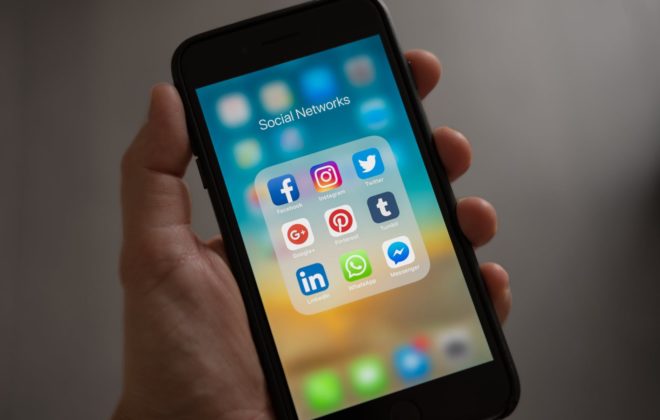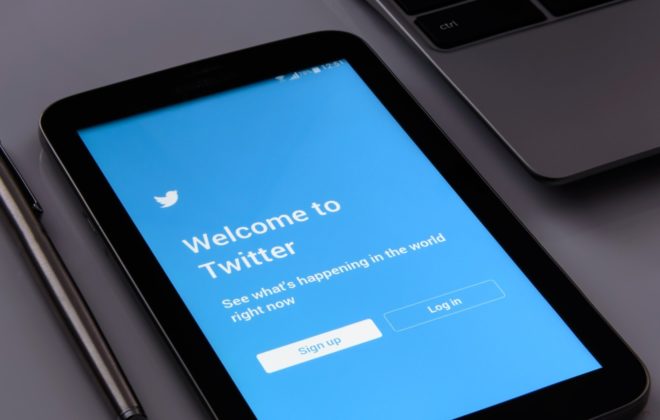How Many Twitterspheres? Agenda-Setting in “Matryoshka Dolls” Social Media
For a long time, academic scholars as well as journalists and political analysts have debated on the risks and the opportunities provided by new technologies, such as Internet and social media, in terms of deliberation and diffusion of news, trends and opinions. This debate has generally focused on the Web as a kind of unitary environment and social media were often considered as a single body to which blame can be attributed. Over the years, Facebook and Twitter became the “usual suspects”, repeatedly deemed responsible for allowing hate speech, spreading fake news, helping undesired candidates to manipulate and win elections or even for boosting terrorists’ proselytism. What if social media were just like “Matryoshka Dolls”, composed of distinct subsets and nested subgroups, each of them with peculiar features portraying the different face of each “doll”?
In a recently published paper, me and my co-author Sergio Splendore tried to shed light on this. We analyzed the highly polarized online political debate on the 2016 Italian constitutional referendum considering Twitter as a layered environment instead of a unitary setting. The idea to break social media, splitting online conversations into multiple subsamples, makes perfect sense in light of another widespread viewpoint that depicts social media as a segregated arena composed of “echo chambers”, where the most similar members gather together, being exposed to similar stimuli that reciprocally reinforce their beliefs and confirm their pre-existing opinions.
Multiple online public spheres
If this is the case, there are plenty of options to split the online public sphere into multiple pieces. To start with, this can be done distinguishing some authors/accounts from others, for instance discriminating between political elites (like official accounts of parties and politicians), cultural elites of news producers (traditional media or individual journalists and bloggers), so-called influencers (highly active and popular accounts, no matter their field of expertise, from make-up to high-tech), and the average user. Alternatively, filter bubbles can be exploited to cluster together members that usually share similar contents (and therefore can be potentially exposed to similar news inputs) or that interact more often together in one echo chamber (community detection tools offered by social network analysis can be particularly useful for this). Another choice could be to isolate “communities of conversations”, using keywords or hashtags to identify peculiar groups of people commenting on the same topic. For instance, in our paper we were able to distinguish common Twitter users from second screeners (that means, social media users who debated on Twitter during TV shows) by isolating conversations built around the hashtag of different Italian political TV talk shows. This choice allowed us to make sure that second screeners were actually exposed (directly, or indirectly through the comments of other users tweeting with the same hashtag) to the live content of TV shows as they were commenting precisely on that. Notice that something similar can be done for song contests, conferences/conventions of any kind, or political campaign slogans.
The many Twitterspheres of Twitter
While the idea of splitting social media into smaller communities appears quite reasonable on Facebook, given its heterogeneous membership, differences can also be found on Twitter despite the fact that only a minority of users is active on it. In fact, Twitter seems mostly populated by socio-political elites. Still, not all elites are equal. For instance, we noticed that, compared to the average Twitter user, Italian second screeners were more likely to be upper class members who read newspapers daily and are highly interested in politics. Therefore, even in such narrower social media, one can find multiple Twitterspheres disconnected from each other, some of them can be more “mainstream” being dominated by media consumers and socio-political elites, while others can lie away from the major centers of decision-making.
For those interested in agenda-setting flows, the comparison between second screeners and common Twitter users is only a rough proxy to investigate the media effects linked with the actual consumption of news. Nevertheless, even if media diets and public exposure to certain news are increasingly unpredictable, so that it becomes more difficult to evaluate media effects in a hybrid media system, we noticed that second screeners did not act as opinion leaders and we found no evidence of the spreading of news and moods from elite users to common Twitter accounts. In other words, the content produced by TV talk shows, and digested by second screeners, was irrelevant for the bulk of the Twittersphere.
On the one hand, this can be problematic for the journalistic profession. On the other hand, any scholar working with social media data should be warned of the variety of online communities that might express conflicting opinions and display divergent reactions over time.
Summing up, there is no a unique online public sphere and there is no a single Twittersphere or social media body that we can blame when things are not going as we want them to. It’s better to be aware of this before speculating on the results of oncoming elections, such as the 2020 US Presidential race.

Andrea Ceron
Andrea Ceron is Assistant Professor in Political Science at the University of Milan, with National scientific qualification for Associate Professorship. He studies intra-party politics, social media and quantitative text analysis.
For more updates about his fascinating research, follow him on Twitter.




